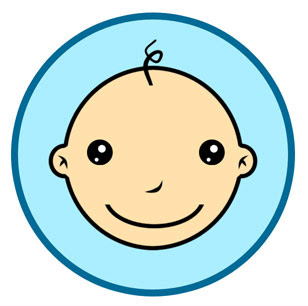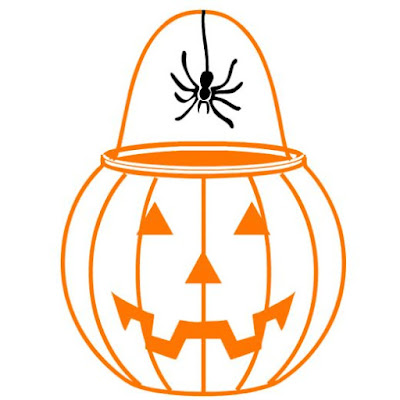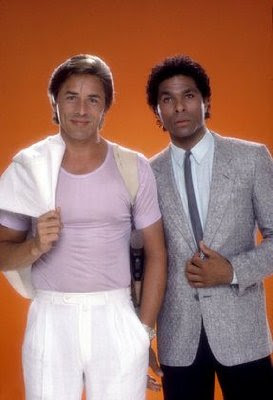Clip Art Free Images
The mid-1990s ushered in more innovation in the clip art industry, as well as a marketing focus on quantity over quality. Even T/Maker, whose success was built upon selling small, high quality clip art packages of approximately 200 images, began to get interested in the volume clip art market. In March, 1995, T/Maker became the exclusive publisher of over 500,000 copyright-free images which was, at the time, one of the world's largest clip art libraries. This licensing agreement was subsequently transferred to Broderbund. With widespread adoption of the CD-ROM in the early 1990s, several pre-computer clip art companies such as Dover Publications also began offering electronic clip art. In 1986, Adobe Systems introduced Adobe Illustrator for the Macintosh, allowing home computer users the first opportunity to manipulate vector art in a GUI. This made the higher-resolution vector art possible and in 1987 T/Maker published the first vector-based clip art images, despite widespread unfamiliarity with the bezier curves required to edit vector art. However, graphic designers and many consumers quickly realized the enormous advantages of vector art, and T/Maker's clip art became the gold standard of the industry in the late 1980s and early 1990s. In 1994, T/Maker was sold to Deluxe Corp and then two years later to its main rival, Broderbund. One of the first successful electronic clip art pioneers was T/Maker Company, a Mountain View, California company which had its early roots with an alternative word processor, WriteNow, commissioned for the Macintosh by Steve Jobs. Beginning in 1984, T/Maker took advantage of the capability of the Macintosh to provide bitmapped graphics in black and white; by publishing small, retail collections of these images under the brand name "ClickArt." The first version of "ClickArt" was a mixed collection of images designed for personal use. The illustrators who created the first "serious" clip art for business/organizational (professional) use were Mike Mathis, Joan Shogren, and Dennis Fregger; published by T/Maker in 1984 as "ClickArt Publications." The term "clip art" originated through the practice of physically cutting images from pre-existing printed works for use in other publishing projects. Before the advent of computers in publishing, clip art was used through a process called paste up. Many clip art images in this era qualified as line art. In this process, the clip art images are cut out by hand, then attached via adhesives to a board representing a scale size of the finished, printed work. After the addition of text and art created through phototypesetting, the finished, camera-ready pages are called mechanicals. Since the 1990s, nearly all publishers have replaced the paste up process with desktop publishing. Clip art, in the graphic arts, refers to pre-made images used to illustrate any medium. Today, clip art is used extensively in both personal and commercial projects, ranging from home-printed greeting cards to commercial candles[citation needed]. Clip art comes in many forms, both electronic and printed. However, most clip art today is created, distributed, and used in an electronic form. Since its inception, clip art has evolved to include a wide variety of content, file formats, illustration styles, and licensing restrictions. Clip art is generally composed exclusively of illustrations (created by hand or by computer software), and does not include stock photography. Also during this period, word processing companies, including Microsoft, began offering clip art as a built-in feature of their products. In 1996, Microsoft Word 6.0 included only 82 WMF clip art files as part of its default installation. Today, Microsoft offers clip art as part of over 140,000 media elements in the Microsoft Office product suite.






















No comments:
Post a Comment